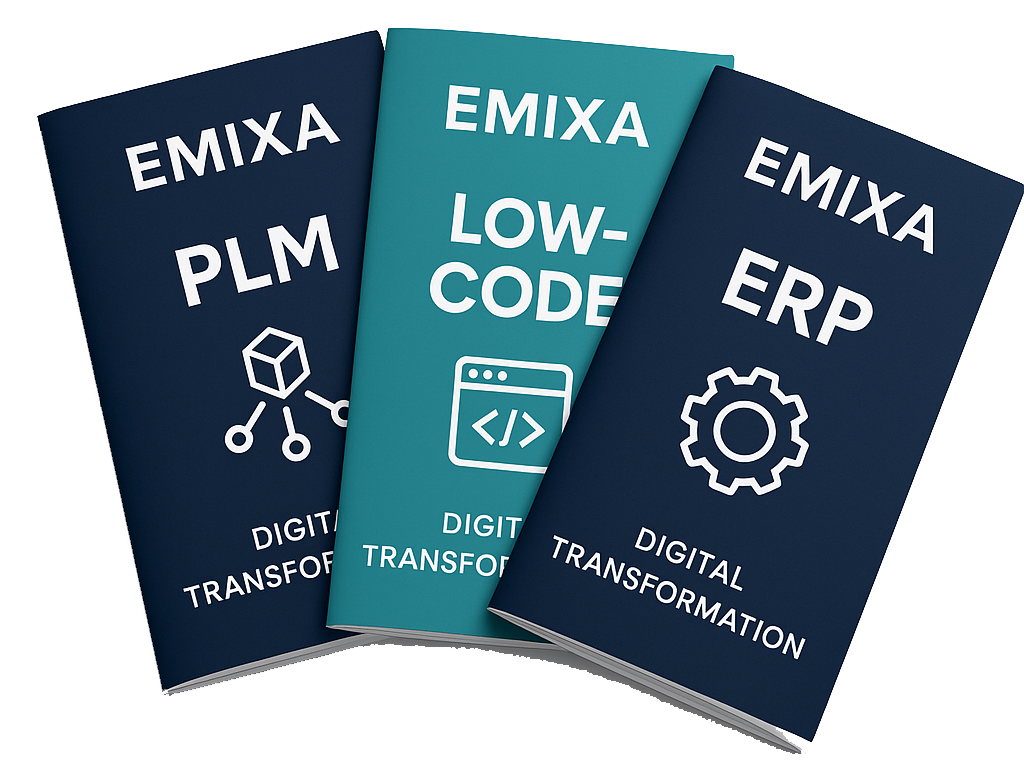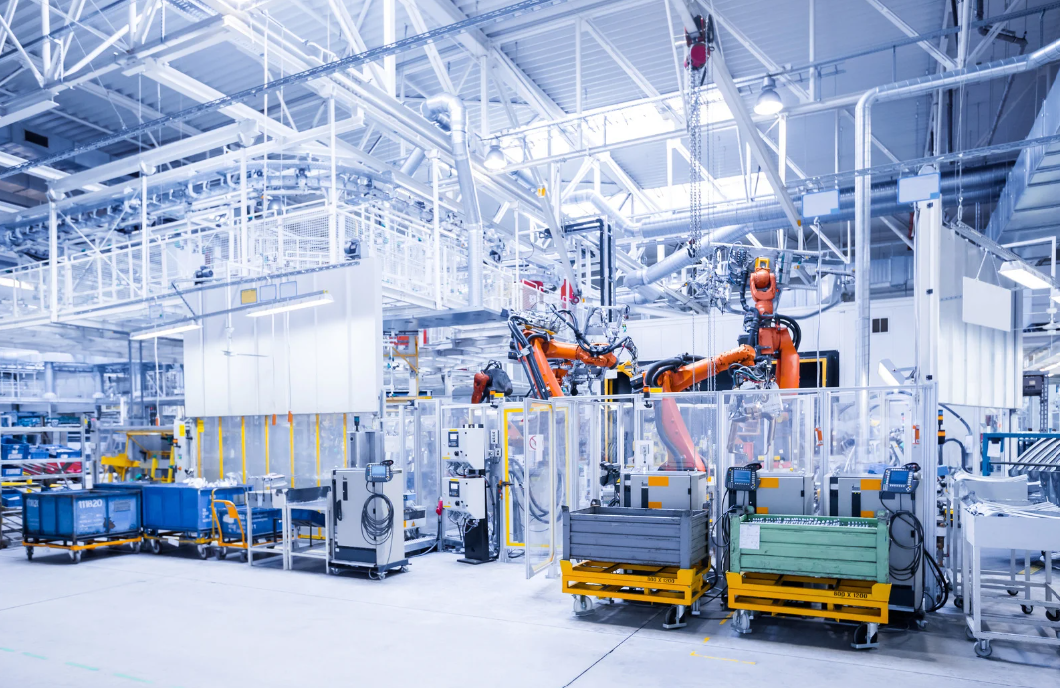
- SAP
- ERP Software
How Can Digitalisation Address the Labour Shortage in Construction?

How can we build 900,000 new homes by 2030? This is the significant challenge facing the construction industry in the Netherlands, at a time when shortages in materials, production resources, and skilled workers are increasingly apparent. The industry must find ways to achieve more with the same workforce. So, how can digitalisation help companies overcome this challenge? We have identified four key areas where digital technologies can rise to the occasion.
1. More accurate calculation and planning
Anyone with experience in construction knows that the reality of a project often differs from the original calculations and planning. In essence, these calculations are snapshots, made to estimate the costs of the work in terms of time and materials. While every project changes, the calculations are often left untouched. Previously, keeping track of all changes was too time-consuming. Today new technologies make it easier to keep everything up to date and, therefore, better managed.
Building Information Modelling (BIM), for example, can help to calculate projects more accurately and quickly. Engineering systems aid in creating a clear and comprehensive design of the work. By connecting these two systems, projects become fully transparent, making it clear throughout what needs to be delivered, and which resources are required—even if the designs change. Integrating this with ERP systems also enables consideration of the status and availability of personnel, as modern ERP systems include workforce planning features. This way, construction workers can be deployed where they are needed most, allowing companies to achieve more with the same workforce.
2. Smarter working onsite
Construction workers can also benefit from digitalisation. Many ERP systems offer user-friendly mobile apps, enabling easy and quick onsite registration. Logging hours, travel times, travel costs, and materials have never been simpler. Planners can also share technical information with onsite teams via these apps. Working smarter onsite has the potential to save significant time, compared to manual entries. However, success in using these apps depends on companies standardising their processes. Everyone must use the apps consistently, or the information will remain incomplete.
3. Integration with partners
Organisations in the construction and infrastructure sectors are working together more frequently and more intensively. Digital tools, such as standardised system integrations, can foster successful collaboration. A prime example is the Dutch Digital Collaboration Platform (DSP), which enables electricity, water, and telecom companies to work in tandem with specialised underground infrastructure firms. The goal is to coordinate all underground construction work so that new connections for electricity, water, and telecom services can be installed simultaneously. In 2023, approximately 200,000 connection requests were handled via the platform.
4. Learning from the past
Taking things a step further, data can be used to learn from past experiences. If we look back at previous projects, are our resource and competence planning realistic? Or do we need to change the way we plan our peope? Another area would be service work. Can we use machine learning for predictive maintenance? For instance, to predict the maintenance required. Or, in the event of an outage, predict which outages are likely to cause which problems and identify the required solutions. This could be a game-changer for service work: troubleshooting could be done more timely and efficiently. Making better use of mechanic's time.
Conclusion
How can digitalisation help address the shortage of labour? Digital tools prove crucial for achieving society's building goals. By leveraging the opportunities presented by digitalisation and data, construction companies can work smarter and accomplish more with the same workforce. Are you interested in learning how Emixa supports companies in this endeavour? We’d be happy to discuss your specific situation.
Author: Adem Karademir
Published date: August 26, 2025

Explore our Technology. Access our downloads center.
Access NowStart your Digital Transformation with Emixa

We help businesses transform their digital future with cutting-edge technology and strategic products & services


